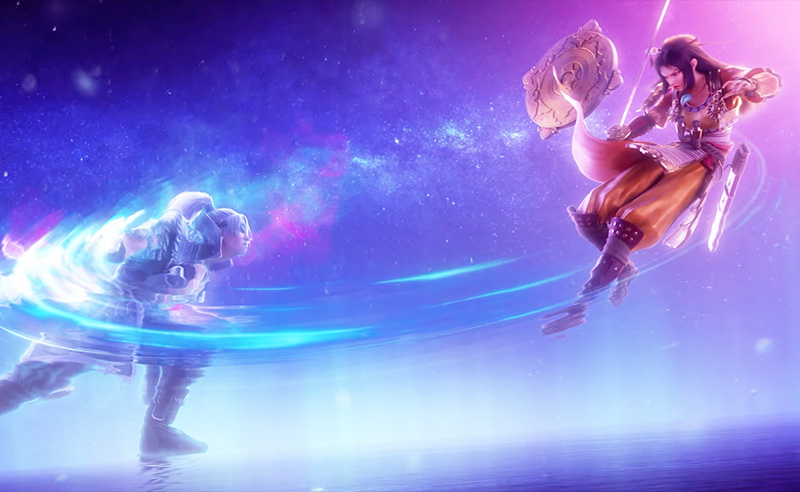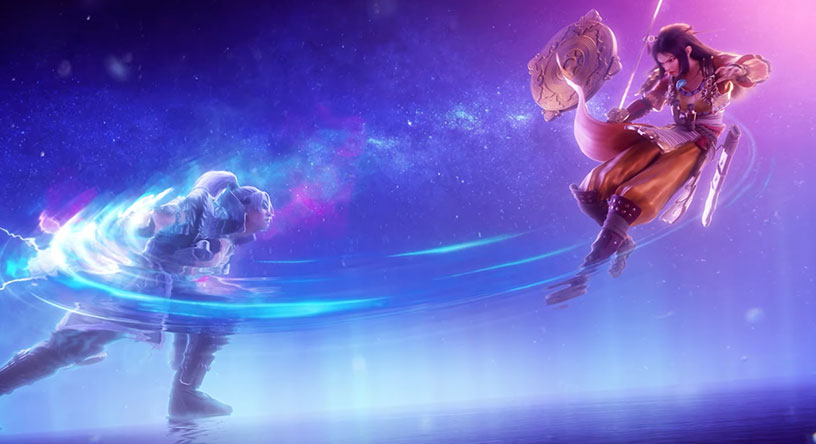

To learn more about the timeline of bringing a game to life, Oz Magazine tapped the expertise of A.J. Walker, Design Director for the game SMITE at Atlanta-based Hi-Rez Studios. Walker outlines this timeline as having six major points, being the planning phase, pre-production phase, production phase, BETA phase, launch phase, and the live phase.
The planning phase includes brainstorming, pitch rounds, and mood boarding, and can last six or more months. Walker adds that, in this stage, it is important to consider that “to develop a successful new game, you want to identify a hole in the market or a demand that’s not being met, and you design your idea with that unique selling point, or what this game is going to do differently, clearly defined.”
Prototyping, planning, concept art, and tech team meetings dominate the pre-production phase, which can last one to two years, and leads to, you guessed it, the production phase. The next one to three years of development, you will bring in a team of various talents and focuses to build out the game world, characters, story, and user interface. Team members will include artists, engineers, designers, producers, planners, and a marketing team.
The BETA phase of bringing a game to life will focus on specificities like character quality of life and continuing to build the gaming world to provide a more elevated experience. During this one to two year period, adjustments to data and shift systems will also be made as you begin to process live player feedback. As Walker puts it, “Often when you plan a game, it changes as you go. You have to assume a certain amount of flexibility in the plan. Hi-Rez is known for what we call Iterative Development, because we are able to adjust our games on the fly. You stay on the original pitch, but also make pivots.”
After these improvements, the game will be prepared for its launch phase, in which it will be available for anyone to play. Once the game has gone live, its time frame is undetermined, as you will be faced with decisions of ongoing development and design for new seasons, expansions, and downloadable content such as worlds and playable characters. SMITE, itself, has been live for seven years and counting.

Point 1: Planning phase – Brainstorming, pitch rounds and mood boarding
• Timeframe: 6+ months
Point 2: Pre-Production phase – Prototyping, planning, concept art, tech team meetings
• Timeframe: 1-2 years
Point 3: Production phase – Bring in entire team of artists, engineers, designers, producers, planners and marketing to build out the game world, characters, story and user interface
• Timeframe: approx. 1-3 years
Point 4: BETA phase – Continue to build gaming world and character quality of life; begin to process live player feedback and data and shift systems accordingly
• Timeframe: 1-2 years
Point 5: Launch – Game officially goes live and is available for anyone to play
Point 6: Live phase – Ongoing development and design continues for new seasons, expansions, DLC (downloadable content such as playable characters and worlds)
• Timeframe: Undetermined (SMITE has been live for 7 years and counting)






